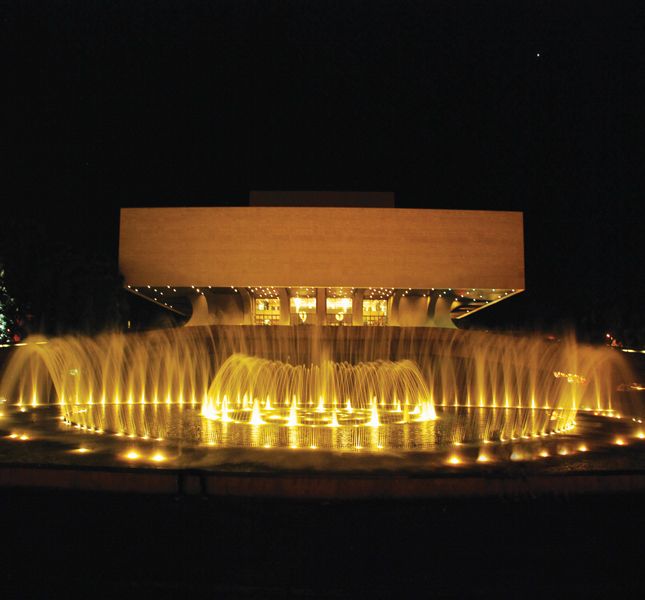As it celebrates its 50th anniversary, the Cultural Centre of the Philippines continues to loom large in the awareness of the Filipino people as the nation’s stronghold for cultural preservation and creative excellence – but one has to ask: how does it fare now, and where does it go from here?
“Art matters in the life of every Filipino.”
This has long been the vision of the Cultural Centre of the Philippines (CCP) since it first opened its doors to the public in 1969. Indeed, for many Filipinos, the CCP is where they had their first experience of the fine and performing arts: school field trips to see the works of local masters displayed throughout its halls; a child’s ballet or piano recital; or perhaps even a breathtaking look at a masterpiece like The Nutcracker or an original Filipino performance like The Tales of the Manuvu.
Today, it continues to serve as the main performance area for some of the country’s leading creative companies. More than that, it has gone a step further by bringing its various programmes to provincial venues in a bid to educate and enlighten the people.

According to current CCP president Arsenio Lizaso, “We are concentrating on [our outreach programmes] because we want to bring art to the people, to bring as much of it as possible. So, we are given a good budget by the national government, through the office of Senator Loren Legarda to bring shows to the provinces like Baguio, Iloilo, Cavite, Nueva Ecija, and Antique. We are now working on [bringing programmes to] Dagupan, Lingayen, Isabela, Tuguegarao, and Legaspi. That's the idea of making art available – or accessible – to the masses, to people of all walks of life.”
Prior to the foundation of the CCP, the Philippines did not have a single institution dedicated to presenting and promoting the performing arts. Instead, plays, dances, and musical performances were usually hosted in town plazas or in the private homes of those from the affluent sector. Before the Second World War broke out, Manila would see the construction and the heyday of the Manila Opera House where classic zarzuelas were staged, as well as the Metropolitan Theatre which hosted the performances of a roster of great foreign artists, including the renowned Russian-American violinist Jascha Heifetz and the Italian coloratura soprano Amelita Galli-Curci.








